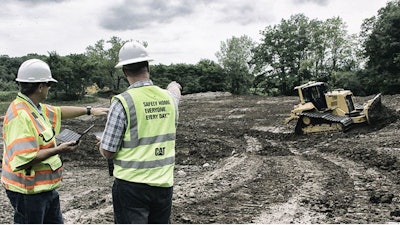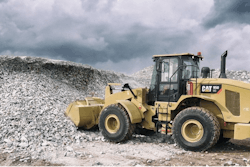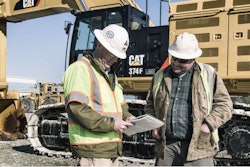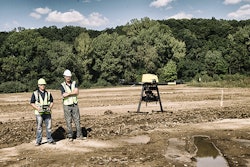
It’s been more than 20 years since actors Tom Cruise and Cuba Gooding Jr. made “Show me the money!” one of most well-known movie quotations of all time. But if the film were made today, the two guys might shout about something other than dollars—something like data. Sure, the money still matters. But earning a profit in today’s environment usually takes data. Here are six ways you can use data from your machines’ telematics systems to make more money.
- Use historical information to improve bidding accuracy. Before you attempt a cost estimate, study telematics data from similar jobs that have already been completed. How many machines did you use? How many hours did each unit run? How much idle time was logged? How much fuel was burned? Does the data need to be adjusted for unusual circumstances—weather delays, supply disruptions, fuel price spikes or other issues? Let facts from the past shape estimates for the future.
- Focus on utilization. One of the most important things you can do to keep your bids competitive is optimize equipment utilization. To calculate utilization rates, consult your telematics data—comparing how many hours a machine actually works relative to how many hours it’s available to work. Generally speaking, if overall fleet utilization is less than 80 percent or specific machines are running below 50 percent, you could do the same amount of work with less equipment—reducing your total cost structure and improving your overall competitiveness.
- Customize maintenance and repair planning. Equipment manufacturers make general recommendations about the timing of maintenance and service. But depending on your environment and application, the manufacturer’s plan needs to be adjusted. Modifying the standard plan with real-world data about usage, idle time, fuel consumption and more allows you to recover the value and life built into your equipment, while maximizing uptime and reducing total costs.
- Get serious about cutting idle time. Some industry experts say it’s not unusual for idle time to represent between 40 and 50 percent of total running time. That’s a huge cost driver—not just the extra fuel, but more importantly, the unnecessary maintenance expenses, accelerated component wear, wasted warranty hours and threat to resale value. Tangible data about current idling practices—at both the fleet level and the operator level—allows you to identify problem areas, set improvement goals, initiate change and measure progress.
- Correct operator behavior. Well-trained operators can have a powerful impact on costs. To raise operator skill level, use historical telematics data to identify unsafe, inefficient or abusive techniques. Then structure training to address the issues you uncovered and use new telematics data, captured post-training, to communicate progress and reward success. It’s an objective way to assess the value of your training investment.
- Check your insurance terms. Some insurance providers offer financial incentives to companies that use GPS tracking and geo-fencing to monitor asset location and use. If you’re using telematics data to reduce accidents, injuries, theft and other risks, you may be eligible for big savings that cut fixed costs and extend your margin.
When’s the last time you asked your team to show you the money? Next time, get the data first—and use it to build your bottom line.




















